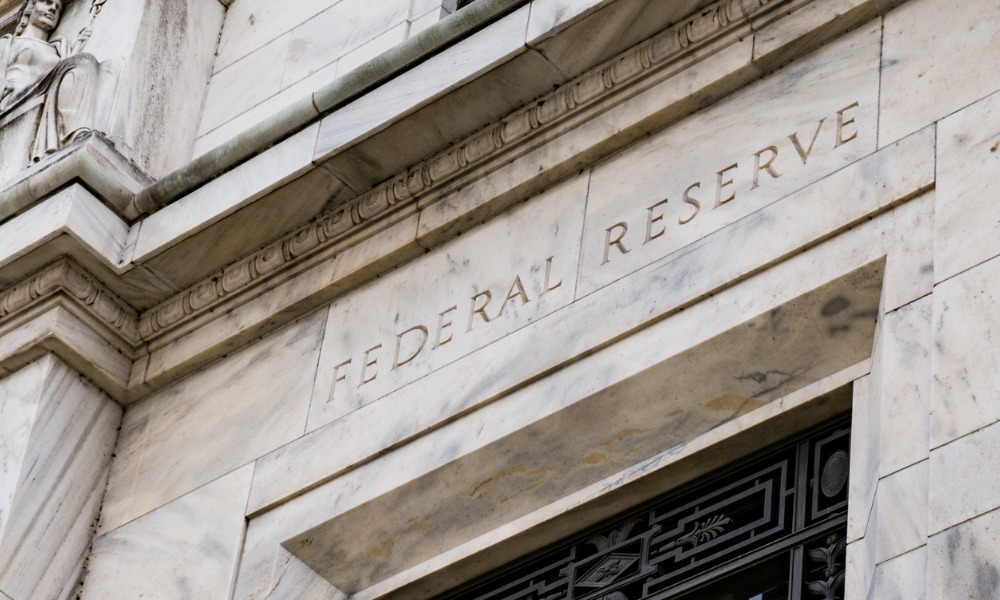Officials indicate three interest rate cuts for 2024

In a not-so-surprising turn of events, the Federal Reserve decided to hold its benchmark federal funds rate in the 5.25%-5.5% range. The move is the fourth consecutive meeting where interest rates were held steady.
“The Committee seeks to achieve maximum employment and inflation at the rate of 2 percent over the longer run,” the Fed said in its statement. “The Committee judges that the risks to achieving its employment and inflation goals are moving into better balance. The economic outlook is uncertain, and the Committee remains highly attentive to inflation risks.”
It added: “The Committee does not expect it will be appropriate to reduce the target range until it has gained greater confidence that inflation is moving sustainably toward 2 percent.”
Fd officials still expect to cut rates by three-quarters of a percentage point by the end of the year, sticking with an earlier forecast.
The decision to hold comes roughly a week after fresh inflation data showed inflation ticked up in February, the latest sign that progress toward cooling prices had struck a rough patch.
Inflation has fallen significantly from a peak of 9.1% but it remains more than a percentage point higher than the Fed's target rate of 2%. With interest rates unchanged, borrowing costs remain at their highest since 2001.
Ahead of the meeting, analysts said the next round of cuts could range from either mid-spring to late summer. Fred Marki, portfolio manager at Western Asset, a specialist investment manager of Franklin Templeton, said: "Forecast changes for this year’s GDP growth and the unemployment rate will be modest, and core inflation likely unchanged. The first cut should come in June, with subsequent cuts coming every other meeting for the rest of the year, in September and then December,” he said.
Over the past few years, the Fed’s hawkish stance was a necessary measure to combat elevated inflation, Marki added, and as the inflationary threat subsides, the need for the central bank to exert a corrective force on market pricing diminishes.
“With the economy performing close to the Fed's targets, officials may require fewer policy adjustments, and a lower public profile could be particularly desirable during an election year. Maintaining a steady and consistent strategy may prove an effective approach to accomplish this.”
This lines up with the Fed's assessment of inflation and labor market dynamics. With no significant shifts in these economic indicators, there is no compelling reason for the central bank to revise its monetary policy trajectory, Marki said. Before the blackout period, Powell signaled that officials were nearing confidence in their understanding of inflation's path, echoing his stance from the January FOMC gathering.
The outcome to hold interest rates means additional support for the Canadian economy. The pandemic helped to synchronize the economic cycles of both Canada and the U.S., with the BoC following a similar path to the Fed, both in initiating and ending the tightening cycle, highlighted Marki.
“Goods and services prices outside of housing appear to be reasonably close to central bank targets in both countries. The rebalancing of labor and housing markets poses similar challenges for both central banks. The anticipated mid-year easing by the Fed offers the BoC slightly more flexibility to respond to weaknesses in economic activity, as the Canadian dollar is likely to remain more stable with the Fed also easing its monetary policy.”


